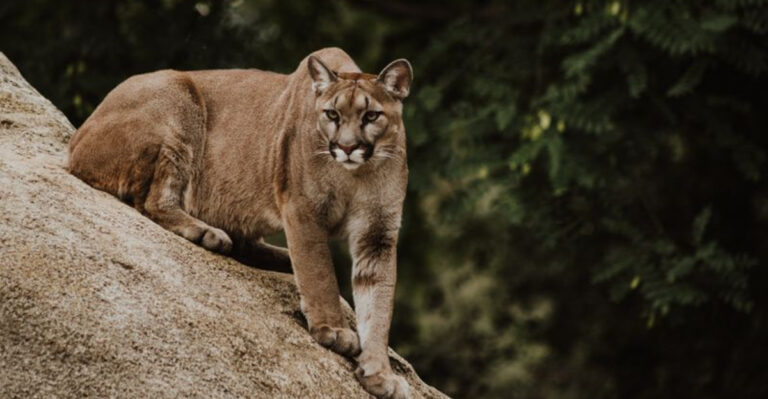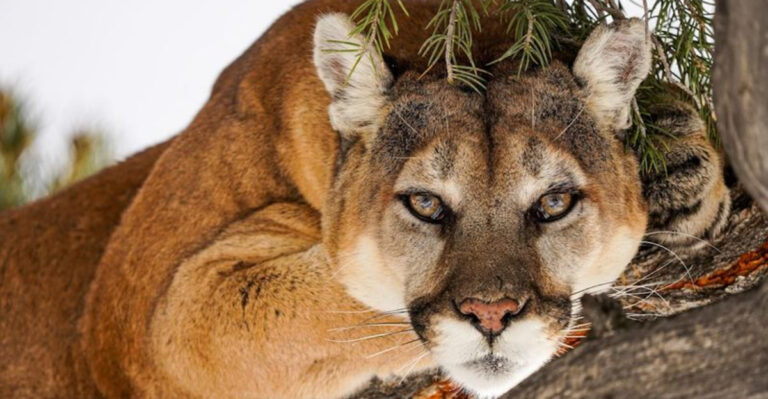15 Essential Tips For Taking Your Horse On A Long Trail Ride
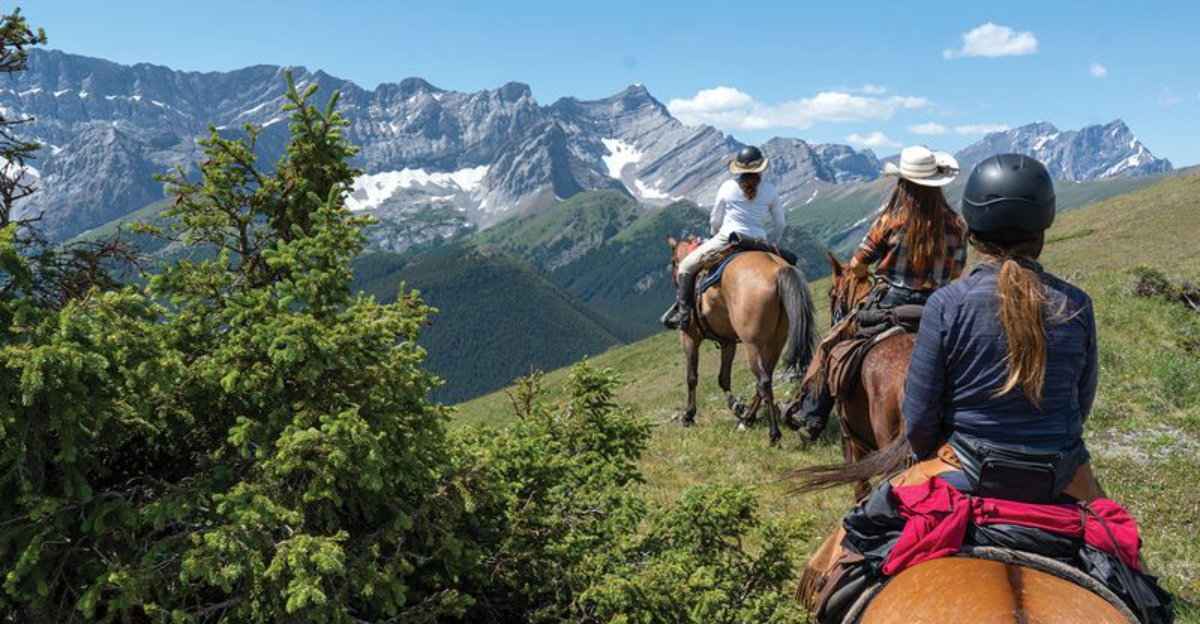
Heading out on a long trail ride with your horse can be an amazing adventure, but it requires careful planning. Proper preparation ensures both you and your equine companion stay safe and comfortable throughout the journey.
Get ready to saddle up and explore the great outdoors with these essential tips that will make your trail experience memorable for all the right reasons.
1. Prepare Your Horse’s Equipment
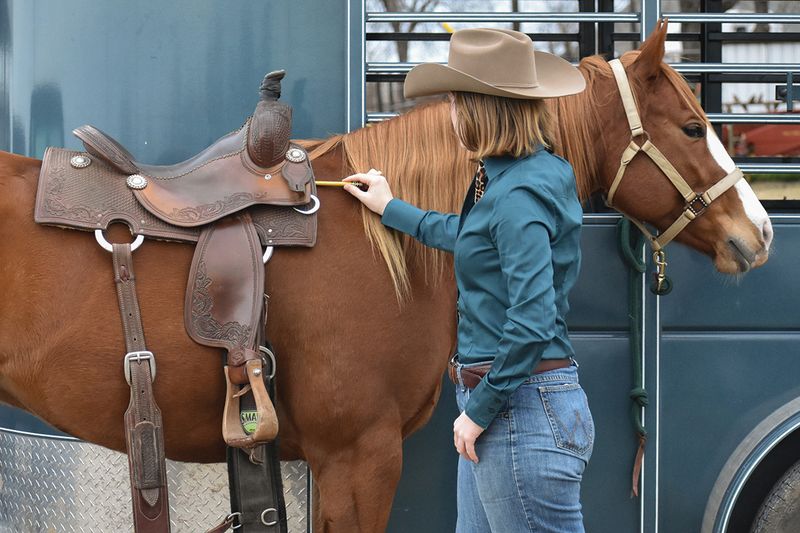
Your horse’s comfort depends on well-fitted gear. Check saddles for proper fit and padding to prevent painful pressure points during those long hours on the trail.
Inspect bridles, reins, and girths for wear and tear. Even small issues can become major problems when you’re miles from the trailhead.
2. Check Your Horse’s Health
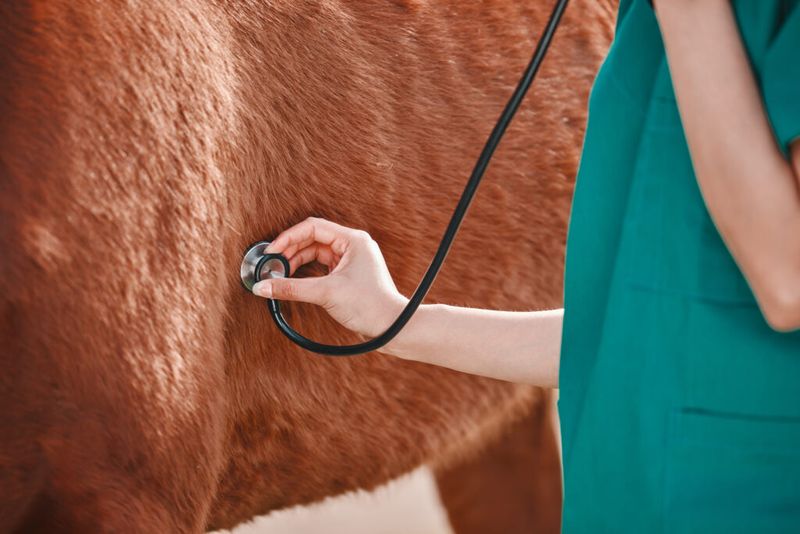
Schedule a vet visit before embarking on any lengthy adventure. A professional can spot potential issues that might flare up during strenuous activity.
Pay special attention to your horse’s hooves and legs. Strong, healthy feet are crucial for navigating varied terrain without injury or lameness.
3. Build Stamina Gradually
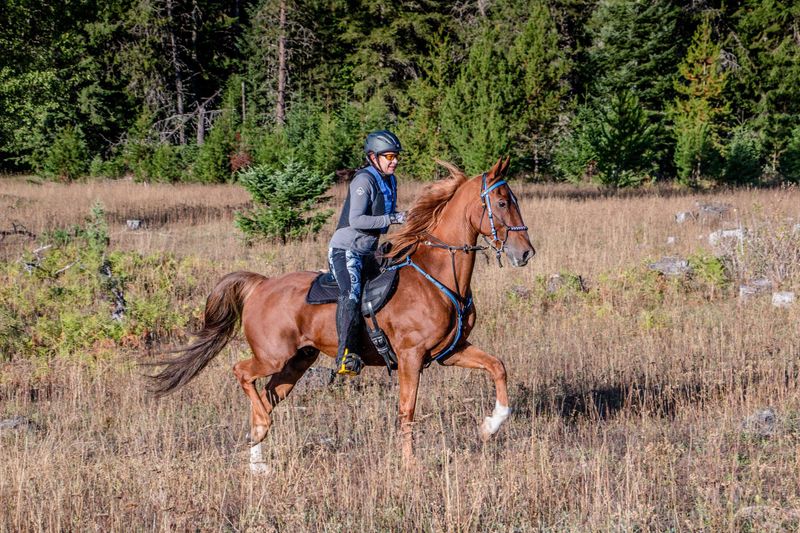
Rome wasn’t built in a day, and neither is your horse’s endurance! Start with 30-minute rides, gradually increasing to an hour, then two.
Monitor how your horse recovers after each ride. Heavy breathing that doesn’t quickly return to normal signals you need to slow down the conditioning process.
4. Pack Smart For The Journey
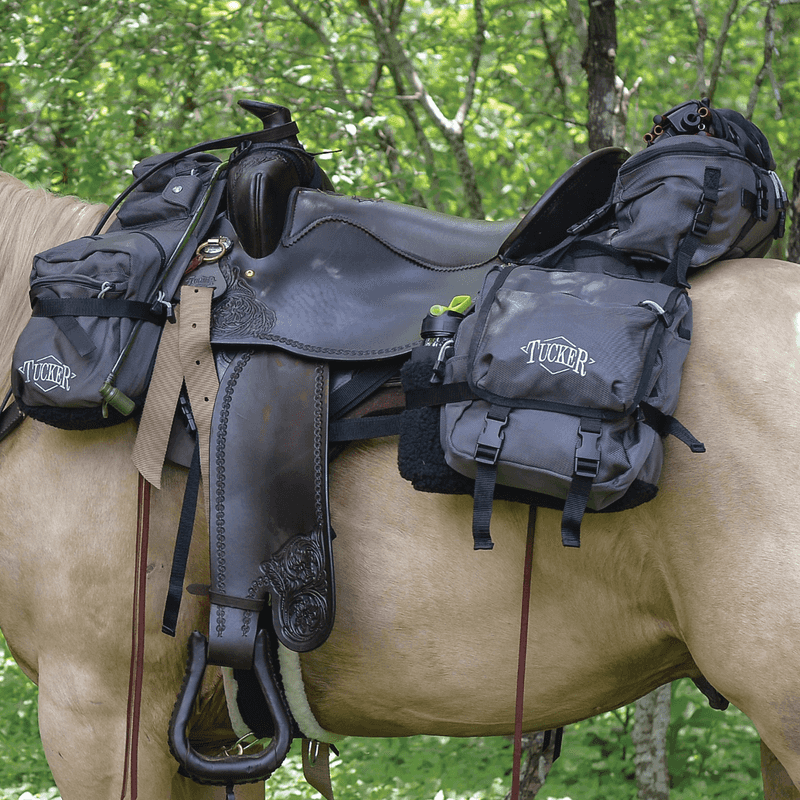
Saddlebags are your best friend on long rides. Fill them with essentials like hoof picks, wire cutters, and a small first-aid kit for unexpected situations.
Bring snacks that won’t melt or crush easily. Carrots and apples for your horse, granola bars and jerky for you will provide needed energy boosts.
5. Keep Water Access A Priority
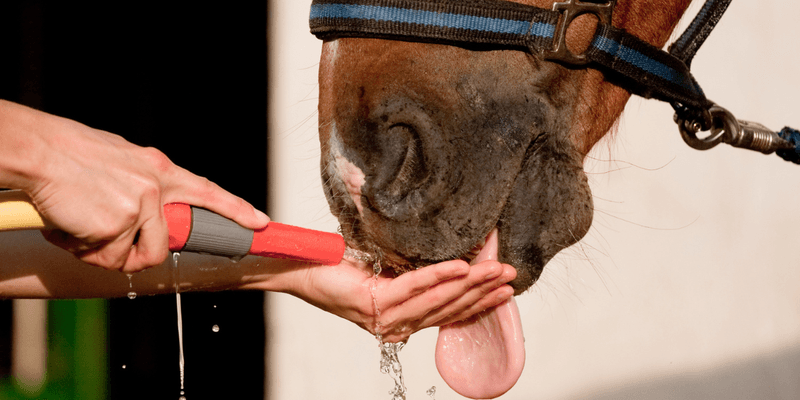
Horses can drink 5-10 gallons daily, especially in warm weather. Plan your route around natural water sources like streams and ponds.
Carry a collapsible bucket for accessing difficult water sources. Teach your horse to drink from it before hitting the trails to avoid dehydration emergencies.
6. Research Trail Conditions Thoroughly

Not all trails welcome horses or offer safe passage. Call park rangers or check equestrian websites for up-to-date information about trail conditions and restrictions.
Learn about elevation changes, river crossings, and rocky sections. Foreknowledge helps you decide if your horse is ready for particular challenges.
7. Invest In Proper Riding Boots
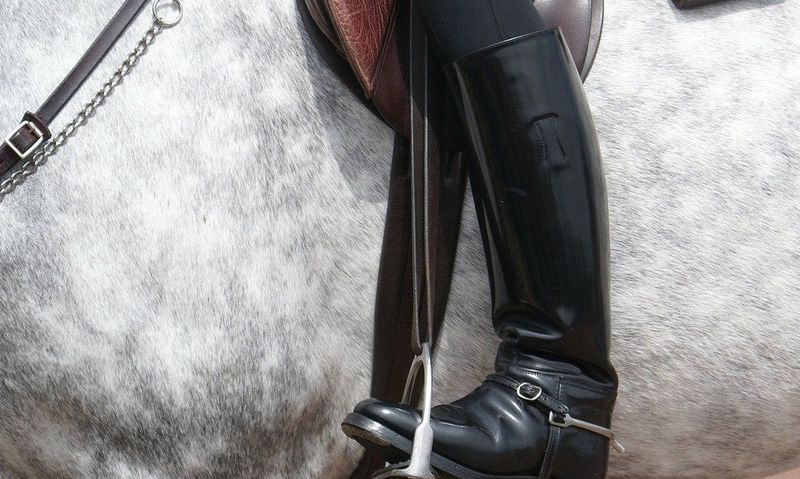
Forget fashion—focus on function! Boots with a defined heel prevent your foot from sliding through the stirrup, a dangerous situation that can lead to dragging.
Waterproof materials keep your feet dry when crossing streams. Ankle support becomes crucial when you need to dismount and lead your horse through tricky terrain.
8. Master Balanced Riding Position
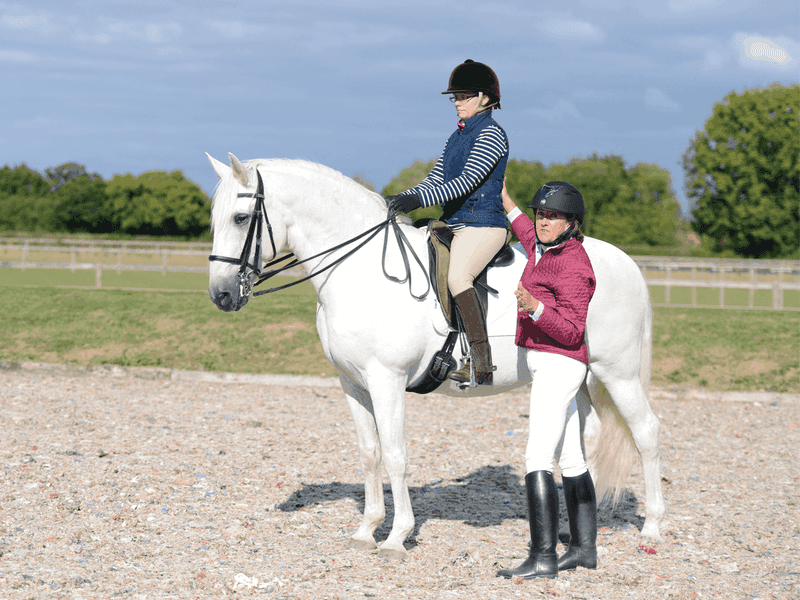
Your back will thank you for maintaining proper alignment during long rides. Sit tall with shoulders relaxed and back straight, not rigid.
For steep descents, lean slightly back and keep your heels down. When climbing hills, lean forward slightly and grip with your knees to help your horse balance.
9. Schedule Strategic Rest Stops
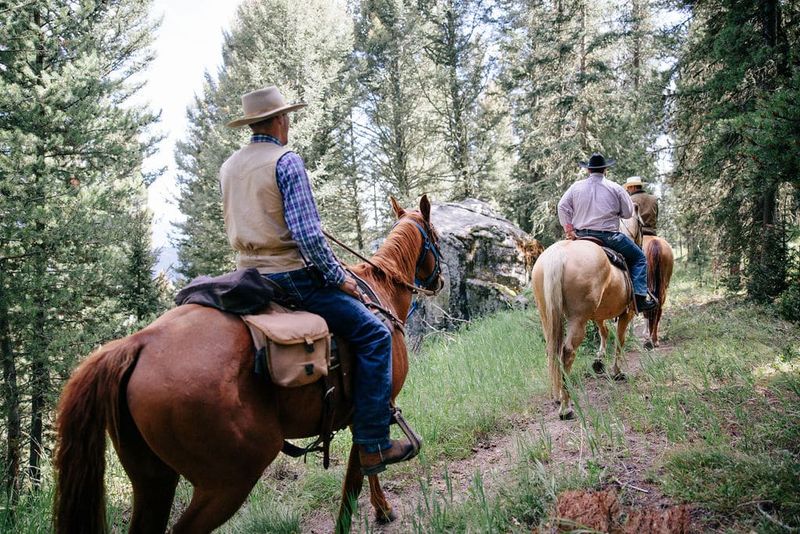
Even the fittest horses need breaks every hour or so. Look for shady spots where both of you can rest comfortably.
Use these moments to check your tack for shifting and your horse for sweating patterns. Uneven sweat may indicate saddle fit problems that could cause soreness.
10. Learn To Read Equine Body Language
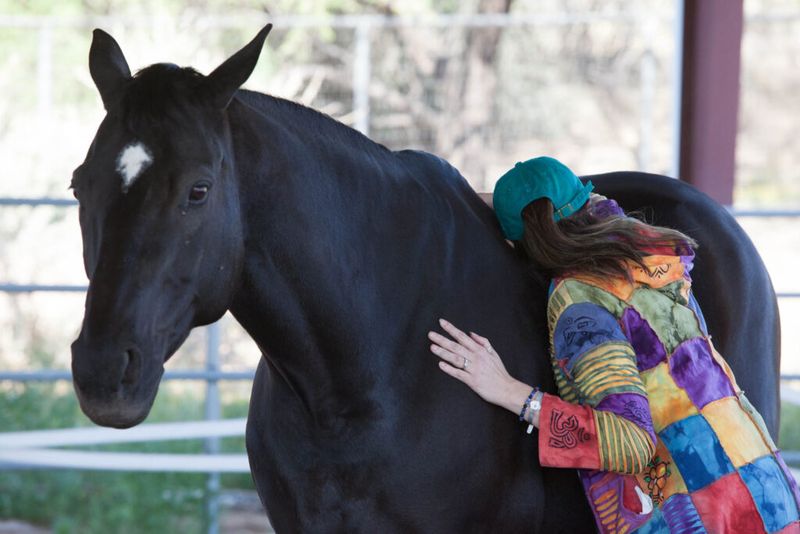
Flared nostrils and wide eyes signal fear or anxiety. If your horse suddenly stops and refuses to move forward, something ahead may be genuinely concerning.
Excessive sweating not matched to temperature or exertion level could indicate stress or pain. Pay attention to ear positions—pinned ears mean discomfort or irritation.
11. Find A Reliable Riding Partner
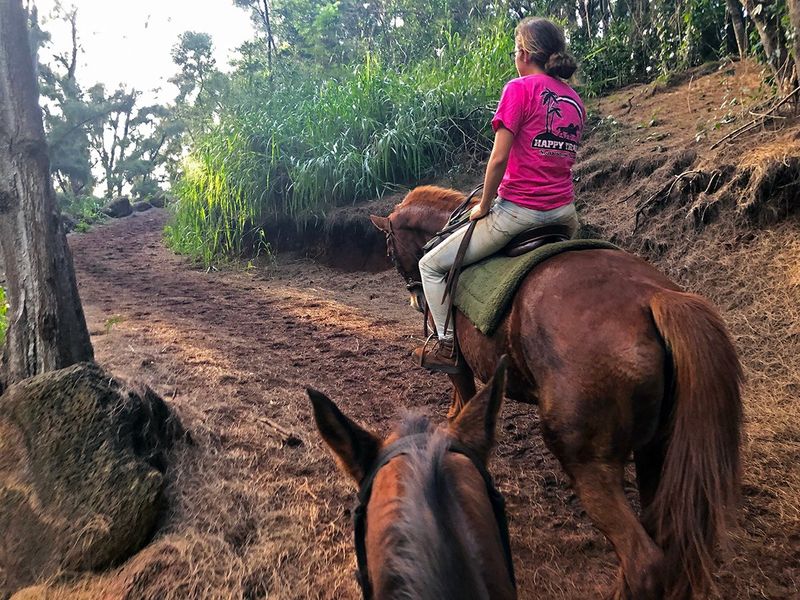
Solo riding has its charms, but bringing a friend multiplies safety. Should you fall or face an emergency, having someone to call for help is invaluable.
Choose companions whose horses match yours in fitness and temperament. Nothing ruins a ride faster than one horse constantly rushing ahead while another lags behind.
12. Assemble A Comprehensive First-Aid Kit
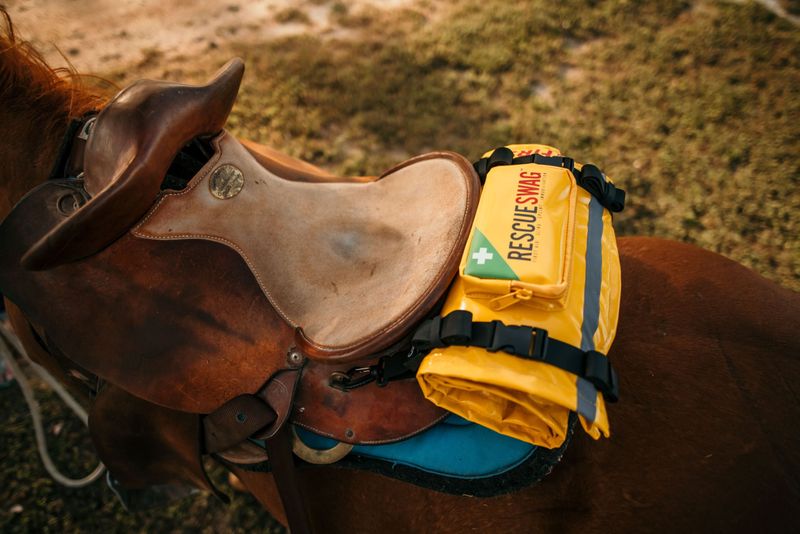
Emergencies don’t announce themselves! Carry bandages, antiseptic wipes, and vet wrap for minor injuries. Include bute paste for pain relief if your vet approves.
Know how to use everything in your kit before hitting the trail. The middle of nowhere is not the place to read instructions for the first time.
13. Recognize Your Horse’s Capabilities

Some horses handle mountain switchbacks like pros while others excel on flat terrain. Be honest about what your equine partner can manage without excessive stress.
Age matters—young horses might have energy but lack experience with obstacles. Senior horses bring wisdom but may need gentler pacing and more frequent breaks.
14. Dress For Changing Weather Conditions
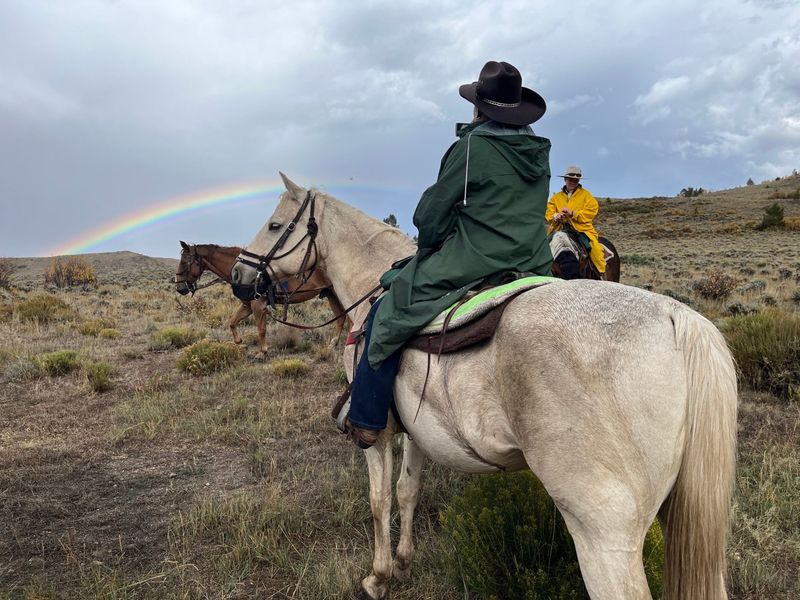
Layer up even on sunny days! Mountain weather can shift dramatically, turning a warm morning into a chilly afternoon without warning.
Pack a lightweight rain jacket that fits over other layers. Consider reflective gear if there’s any chance you’ll be riding near dusk when visibility decreases.
15. Finish With Proper Cool-Down Routines

Never put a hot, sweaty horse directly into a trailer or stall. Walk the final mile at an easy pace to allow muscles to cool gradually.
Once back at camp or the barn, remove tack and check for rubs or swelling. A thorough grooming helps you spot any issues while stimulating circulation to aid recovery.

